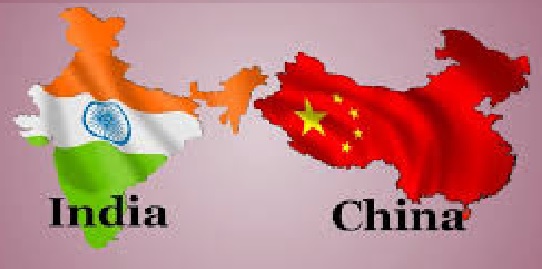
Exploring the Contrasts: Indian vs. Chinese Foreign Trade Procedures
In the global marketplace, India and China stand out as economic powerhouses, each boasting vibrant trade sectors that contribute significantly to the world economy. However, despite their similarities in size and influence, the foreign trade procedures of these two nations exhibit distinct differences, reflecting unique economic structures, regulatory frameworks, and cultural factors. Let’s delve into the nuances of Indian and Chinese foreign trade procedures to better understand the contrasts between these two dynamic economies.
- Regulatory Environment:
India: India’s foreign trade procedures are governed by various regulatory bodies such as the Directorate General of Foreign Trade (DGFT), the Customs Department, and the Reserve Bank of India (RBI). Exporters and importers need to comply with a multitude of regulations and obtain licenses, permits, and clearances from these authorities. While recent efforts have been made to simplify procedures and reduce bureaucratic hurdles through initiatives like the introduction of the Single Window Interface for Facilitating Trade (SWIFT), challenges related to red tape and bureaucratic inefficiencies persist.
China: China’s foreign trade procedures are overseen by agencies such as the Ministry of Commerce (MOFCOM), General Administration of Customs (GAC), and State Administration of Foreign Exchange (SAFE). The Chinese government has implemented comprehensive reforms to streamline trade procedures, establish special economic zones, and encourage foreign investment. As a result, China has emerged as a global manufacturing hub, renowned for its efficient logistics infrastructure and favorable business environment.
India: India imposes tariffs on various imports to protect domestic industries, promote self-reliance, and address trade imbalances. However, these tariffs can vary widely across different product categories and are subject to frequent revisions based on government policies and international trade agreements. Additionally, non-tariff barriers such as import quotas, licensing requirements, and technical regulations contribute to the complexity of India’s trade landscape.
China: China has gradually reduced tariffs and dismantled trade barriers as part of its commitment to globalization and market liberalization. The country’s accession to the World Trade Organization (WTO) in 2001 marked a significant milestone in its integration into the global economy. While China still maintains tariffs on certain products and implements measures to safeguard domestic industries, its overall approach to trade has been characterized by openness and a focus on export-led growth.
India: India has pursued bilateral and multilateral trade agreements with various countries and regional blocs to enhance market access and foster economic cooperation. Key trade partners include the United States, the European Union, ASEAN countries, and members of the South Asian Association for Regional Cooperation (SAARC). However, negotiations for free trade agreements (FTAs) have faced challenges, with concerns raised over issues such as intellectual property rights and agricultural subsidies.
China: China has actively engaged in trade partnerships and investment agreements on a global scale, leveraging its economic clout to forge strategic alliances and expand its influence. The Belt and Road Initiative (BRI), launched in 2013, aims to promote connectivity and infrastructure development across Asia, Africa, and Europe through extensive trade and investment linkages. Additionally, China has established numerous FTAs with countries and regions worldwide, facilitating market access for Chinese goods and services.
- Cultural and Business Practices:
India: India’s business culture is characterized by diversity, entrepreneurship, and a strong emphasis on personal relationships. Building trust and rapport with business partners is essential, and negotiations often involve extensive discussions and mutual concessions. Hierarchical structures and bureaucratic processes can sometimes slow down decision-making, requiring patience and persistence from foreign traders.
China: Chinese business culture places great importance on respect for authority, hierarchy, and guanxi (personal connections). Business negotiations tend to be more structured and formal, with an emphasis on building long-term relationships and mutual trust. Understanding Chinese etiquette and protocol is crucial for foreign traders seeking to navigate the intricacies of conducting business in China.
In summary, while India and China share common aspirations for economic growth and global integration, their foreign trade procedures reflect divergent regulatory frameworks, trade policies, and cultural norms. By recognizing and understanding these differences, businesses can navigate the complexities of international trade and capitalize on the vast opportunities offered by these dynamic markets.
